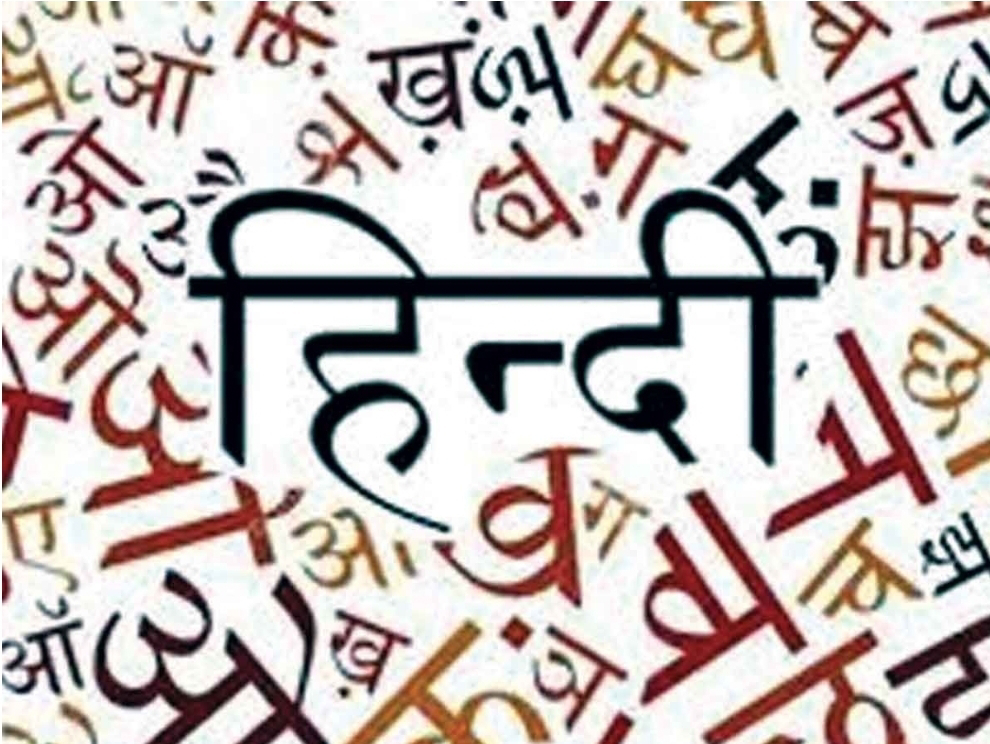ONE NATION ONE LANGUAGE
ONE NATION ONE LANGUAGE
Recently, Union Home Minister urged the use of Hindi as the lingua franca, rather than English, in inter-State
communication.
About Hindi Language
• Hindi belongs to the Indo-Aryan branch of Indo-European family of languages. It is a descendant of
Sanskrit, which is an ancient Indian language.
• In 1949, Constituent Assembly adopted Hindi, along with English, as Official Language of Union of India.
• In 1950, Constitution of India declared Hindi in Devanagari script as Official language of India under
Article 343.
• In 1963, Official Languages Act was passed, which provided that English ‘may’ still be used along with
Hindi for official communication.
• At present, Eighth Schedule of Constitution specifies 22 languages including Hindi.
Debates on the issue of One Nation One Language
• Understanding the Relation Between Language and Identity: Language is intrinsically tied to identity,
and this often includes the identity of a nation.
• Language and Nationalism: Language stands alongside architecture, flags and literature as an emblem of nationhood. The relationship between language and nation is a fundamental one, as language is often used in the very creation of nations.
Way forward
• Three language formula: It was first devised by central government in 1968 and incorporated in NEP. All State governments should adopt and implement three language formula i.e. Hindi, English and Regional
language to bridge the language gap.
• Respect diversity: India is a country of different languages and every language has its own importance.
Article 29 states that any class of citizens who have their own specific language, script and culture will
have the right to protect it.
• Strengthen local languages: To preserve ancient philosophy, culture and memory of freedom struggle,
it’s important to strengthen local languages simultaneously without being biased towards any one
language.









Comments
Post a Comment